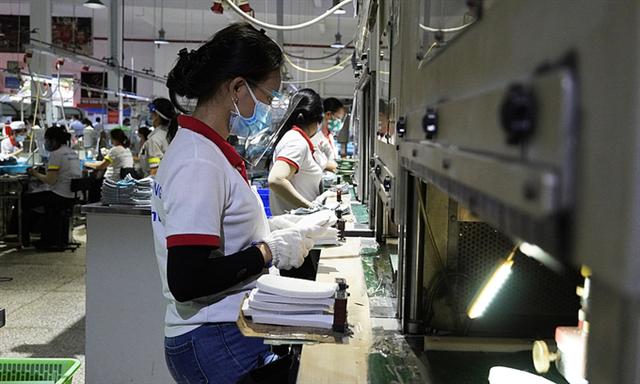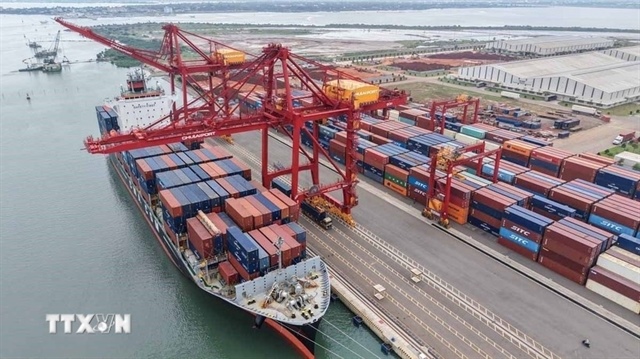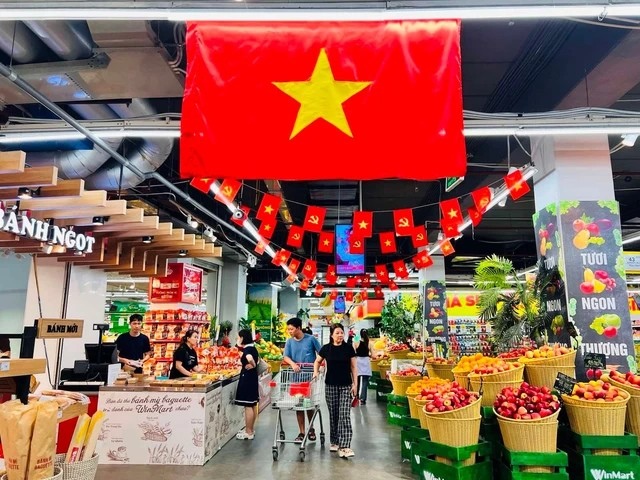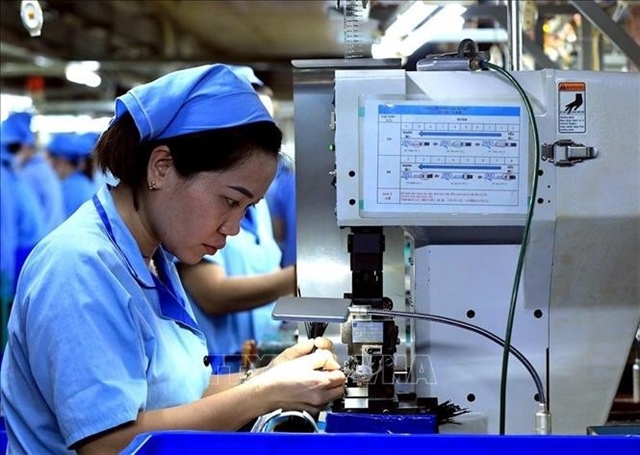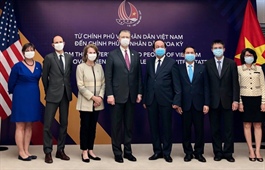HCMC home to one-third of closed businesses
HCMC home to one-third of closed businesses
Around 85,500 businesses left the market Jan-Aug this year and about a third of them are in HCMC, according to the General Statistics Office (GSO).
Workers at a shoe-making company in Long An Province, southern Vietnam, July 2021. Photo by VnExpress/Hoang Nam
|
The GSO says the number of businesses departing the market exceeded the number of new ones, with just 81,600 new businesses formed in the first eight months of the year.
Among the departures, 43,200 suspended operations (a 25.9 percent increase year-on-year), 30,000 completely stopped operations and are on their way to dissolution (a 24.5 percent increase), and 12,200 had finished procedures to be dissolved (a 17.8 percent increase). Around 10,700 businesses have left the market every month.
"The fourth coronavirus wave, along with consecutive social distancing orders, has severely disrupted business and production of companies, especially in southern Vietnam," the GSO report says.
In Ho Chi Minh City, epicenter of the fourth coronavirus Covid-19 wave, 24,000 businesses have left the market this year, accounting for around 28.1 percent of all businesses, a 6.6 percent increase year-on-year.
The number of new businesses, their registered capital and the staff strength all fell from the same period last year. The number of new businesses dropped 8 percent, the amount of registered capital, 7.5 percent, and the number of employees, 14 percent.
The number of businesses that returned to work this year in the first eight months was 32,400, a 0.6 percent drop from last year. The number of businesses staying on in the market, including newly established ones and those who resumed operations, was 114,000, the GSO report said.
HCMC has undergone a series of social distancing orders due to persistent coronavirus threats, with the latest one expected to last until mid-September. With few exceptions, residents have been banned from going out since August 23, meaning food, medications and other necessities are being delivered to their homes by local authorities with the assistance of military and other functional forces.


